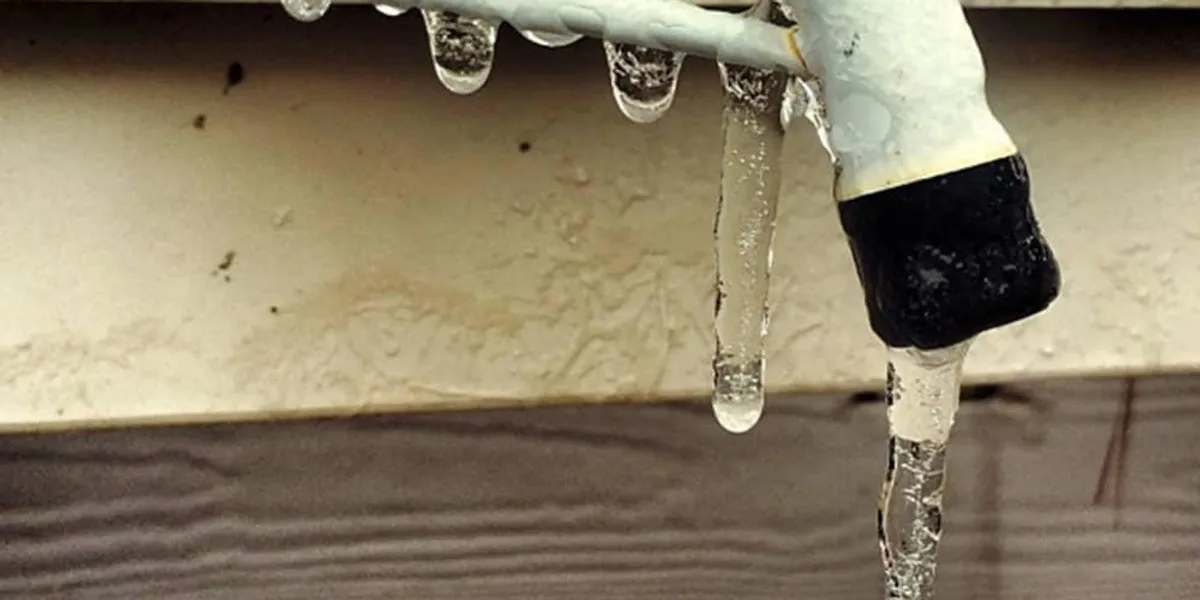The content following next pertaining to Prevent Frozen Pipes is quite attention-grabbing. Try it and draw your own findings.

Winter can ruin your pipes, specifically by freezing pipelines. Right here's exactly how to prevent it from happening and what to do if it does.
Introduction
As temperature levels decline, the danger of frozen pipelines boosts, possibly bring about pricey repair services and water damage. Recognizing exactly how to avoid frozen pipes is crucial for home owners in chilly climates.
Avoidance Tips
Protecting susceptible pipelines
Wrap pipes in insulation sleeves or utilize warm tape to shield them from freezing temperatures. Concentrate on pipes in unheated or external locations of the home.
Home heating strategies
Keep interior rooms effectively warmed, specifically areas with pipes. Open up cabinet doors to allow cozy air to distribute around pipelines under sinks.
Just how to identify frozen pipelines
Seek reduced water circulation from taps, uncommon smells or sounds from pipelines, and noticeable frost on revealed pipelines.
Long-Term Solutions
Architectural adjustments
Consider rerouting pipes away from exterior wall surfaces or unheated locations. Add additional insulation to attics, basements, and crawl spaces.
Updating insulation
Buy high-grade insulation for pipelines, attics, and walls. Correct insulation aids preserve consistent temperature levels and minimizes the risk of icy pipelines.
Shielding Exterior Plumbing
Garden hoses and outside faucets
Detach and drain garden hose pipes prior to winter months. Mount frost-proof faucets or cover exterior taps with protected caps.
Understanding Frozen Pipes
What creates pipes to ice up?
Pipelines ice up when exposed to temperature levels listed below 32 ° F (0 ° C) for prolonged periods. As water inside the pipelines freezes, it broadens, taxing the pipeline wall surfaces and possibly causing them to rupture.
Threats and problems
Frozen pipes can bring about water system disturbances, home damages, and costly fixings. Ruptured pipelines can flood homes and cause comprehensive structural damage.
Indicators of Frozen Piping
Recognizing frozen pipes early can stop them from breaking.
What to Do If Your Pipelines Freeze
Immediate actions to take
If you suspect icy pipelines, keep taps available to ease pressure as the ice thaws. Use a hairdryer or towels taken in hot water to thaw pipelines slowly.
Verdict
Stopping frozen pipes calls for positive actions and quick feedbacks. By understanding the causes, indications, and preventive measures, home owners can shield their plumbing throughout winter.
5 Ways to Prevent Frozen Pipes
Drain Outdoor Faucets and Disconnect Hoses
First, close the shut-off valve that controls the flow of water in the pipe to your outdoor faucet. Then, head outside to disconnect and drain your hose and open the outdoor faucet to allow the water to completely drain out of the line. Turn off the faucet when done. Finally, head back to the shut-off valve and drain the remaining water inside the pipe into a bucket or container. Additionally, if you have a home irrigation system, you should consider hiring an expert to clear the system of water each year.
Insulate Pipes
One of the best and most cost-effective methods for preventing frozen water pipes is to wrap your pipes with insulation. This is especially important for areas in your home that aren’t exposed to heat, such as an attic. We suggest using foam sleeves, which can typically be found at your local hardware store.
Keep Heat Running at 65
Your pipes are located inside your walls, and the temperature there is much colder than the rest of the house. To prevent your pipes from freezing, The Insurance Information Institute suggests that you keep your home heated to at least 65 degrees, even when traveling. You may want to invest in smart devices that can keep an eye on the temperature in your home while you’re away.
Leave Water Dripping
Moving water — even a small trickle — can prevent ice from forming inside your pipes. When freezing temps are imminent, start a drip of water from all faucets that serve exposed pipes. Leaving a few faucets running will also help relieve pressure inside the pipes and help prevent a rupture if the water inside freezes.
Open Cupboard Doors
Warm your kitchen and bathroom pipes by opening cupboards and vanities. You should also leave your interior doors ajar to help warm air circulate evenly throughout your home.

As an enthusiastic reader about How to Prevent Your Pipes From Freezing, I imagined sharing that excerpt was really helpful. Sharing is nice. Helping others is fun. We truly appreciate reading our article about Prevent Frozen Pipes .
Check It Out